Architecture and politics are in a close relationship because the country’s condition affects its urban planning, architecture, design, etc. For this reason, architects should reconsider political agendas while designing. Especially in the United States, the mutual influence between architecture and the government provides a connection between politics and architecture with determining factors; emerging federal style for public buildings, raising awareness on activism in architecture and encouraging critical engagement for border walls. Therefore, the architecture of the USA developed under the political influence by adding innovative proposals, research findings, and competitive proposals for a better future.
1. Federal Styles of USA: Architecture and Politics Bounding
Architecture is affected by society’s current needs and innovations and it is one of the most influenced disciplines which is affected by politics. Especially public buildings have become a symbol for the country’s identity. Therefore, the term ‘federal architecture’ emerges by representing various architectural styles such as Palladian architecture and Biedermeier Style. In the United States, federal-style buildings have become a controversial topic to implement inconsistency for modernist design and beauty for promoting federal civic architecture. For instance, The Robert C. McEwen U.S. Custom House is a 2-story limestone structure and it is an important example of easy federal-style buildings which reflect both the Greek revival style and the frugality of federal architecture of the era with Doric portico and modest interior.
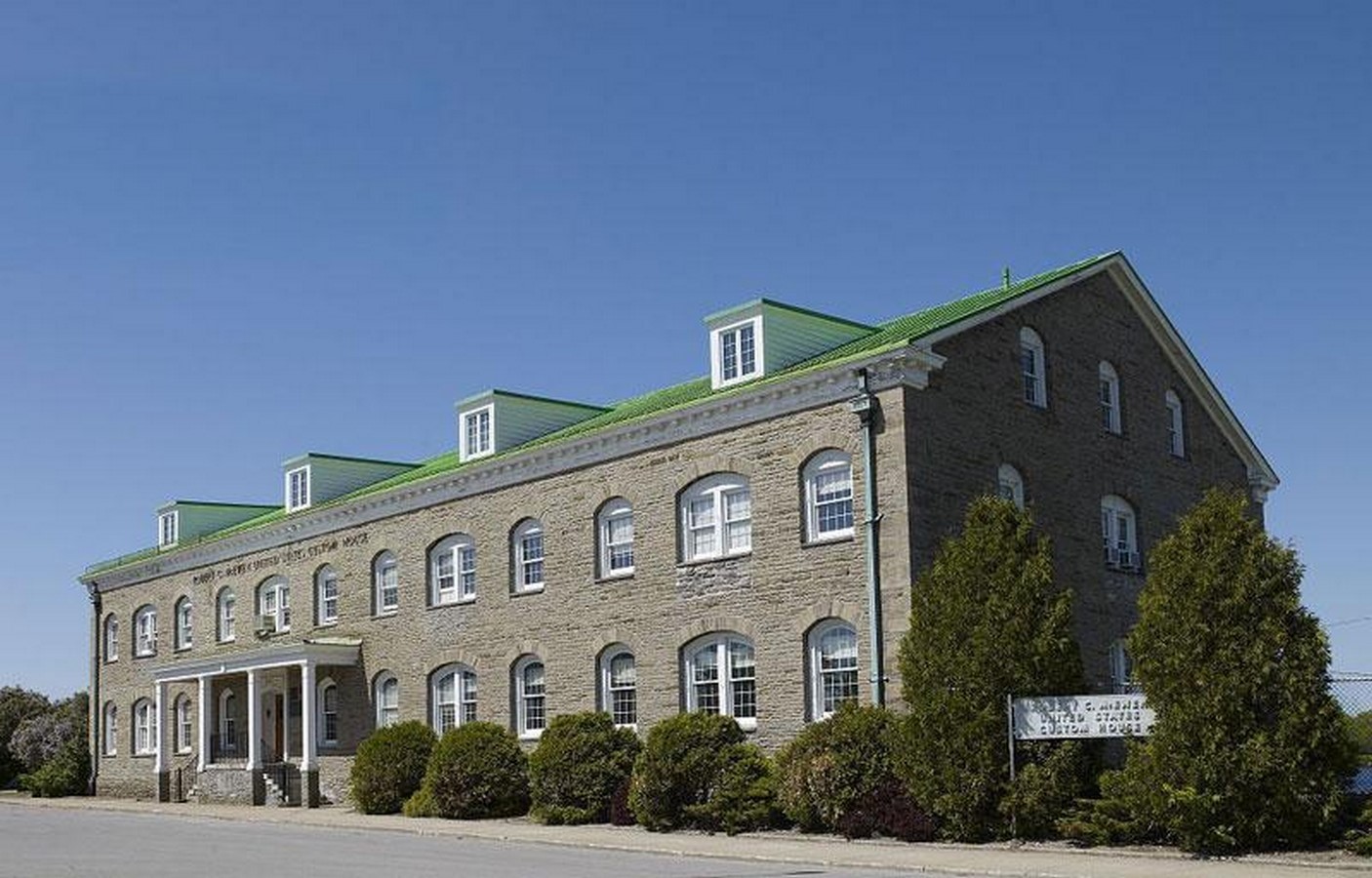
In the United States, federal architecture provides a characteristic style to represent its power. It also consists of classical architectural elements but some debates defend that ‘the preferred architecture’ leads to not modern; only the classical. The revolutionary statements and politics also affect architecture and create contradictory opinions in a society. Therefore, architecture which is inclined by politics in the USA provides a beneficial, and various perspective to design architectural characteristics of the country. For this reason, politics are playing a very significant role to reshape and realize people’s needs to create an aesthetically pleasing federal architectural style.
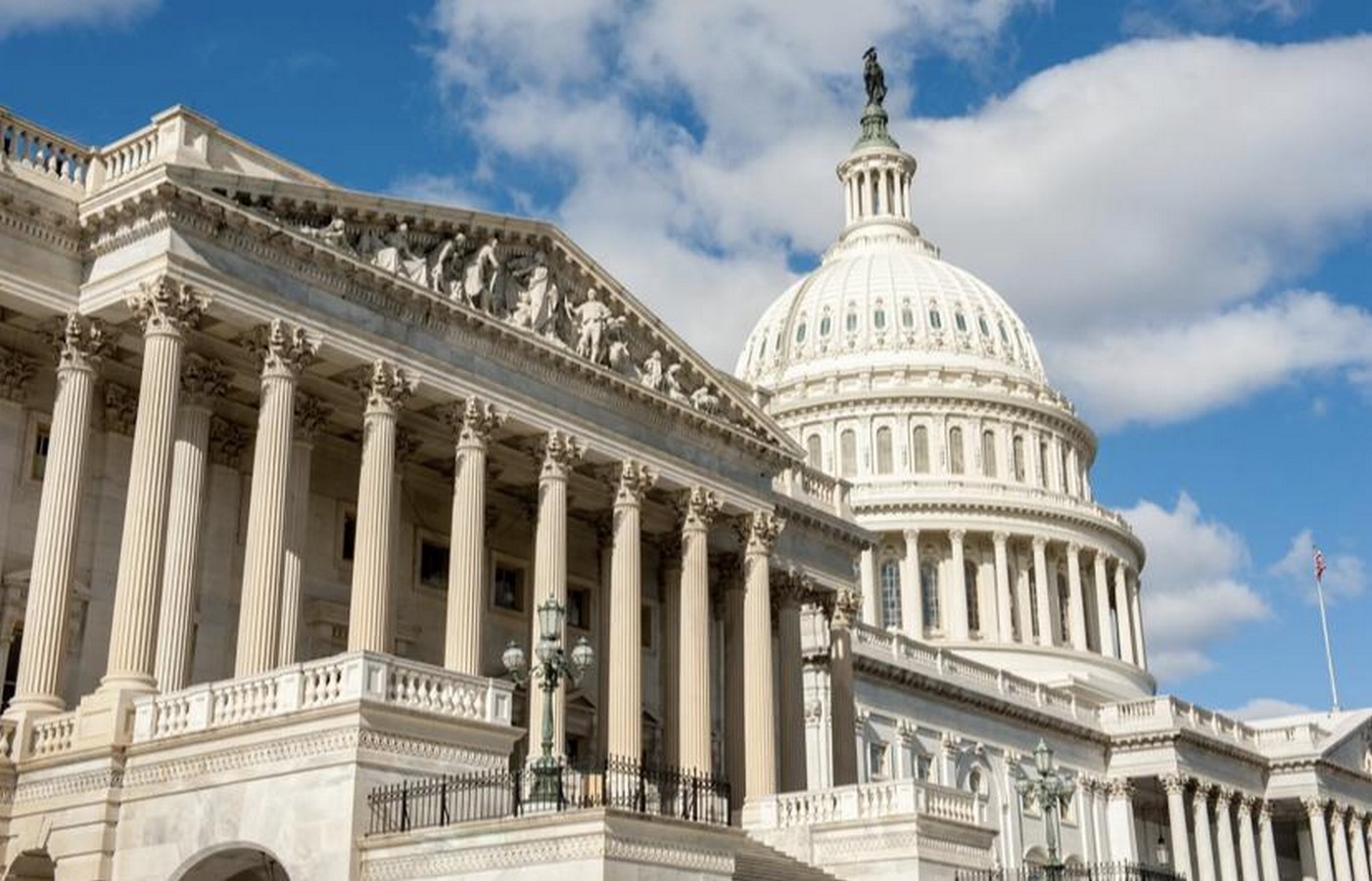
2. Public Space as a Focus of Activism in USA and Architecture
Besides the invention of architectural styles, architecture and political acts have also a mutual effect on social activism in people’s decisions. Especially in public spaces, the politically inclined architecture is visible by having a gathering and personal expression zone and public spaces represent the main field for politics and power. Therefore, in San Francisco, the Park(ing) project designed by Rebar Art+Design has become a popular event because it has an initial purpose to raise awareness of activism in architecture. The project provides a place for everyone and everything. People can occupy an empty unused space in the city and occupy it with chairs, tables and make it a park in some sense.
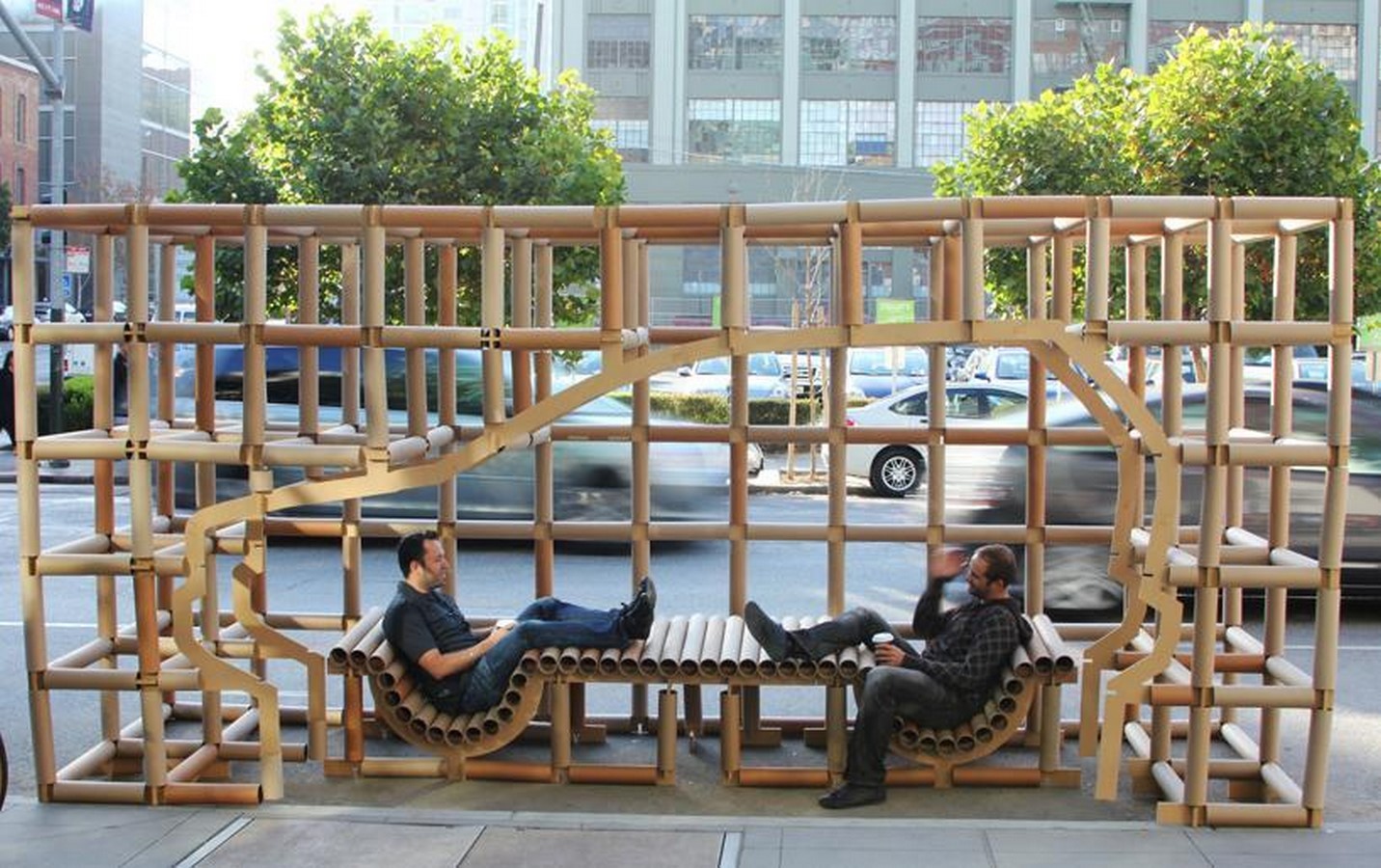
Rebar Art+Design’s intervention in San Francisco helped to create a permanent beneficial change by fostering tactical urbanism with the main focus of activism in architecture. It is a unique solution for urban politics, gathering, and socializing by offering an alternative path at the decision-making level. The USA is one of the most important countries by having a strong influence between politics and architecture in terms of its formulation of innovative installations and design proposals. Therefore, Park(ing) Day event is known as a global event that supports activism by having temporarily turning parking spaces into mini-parks.
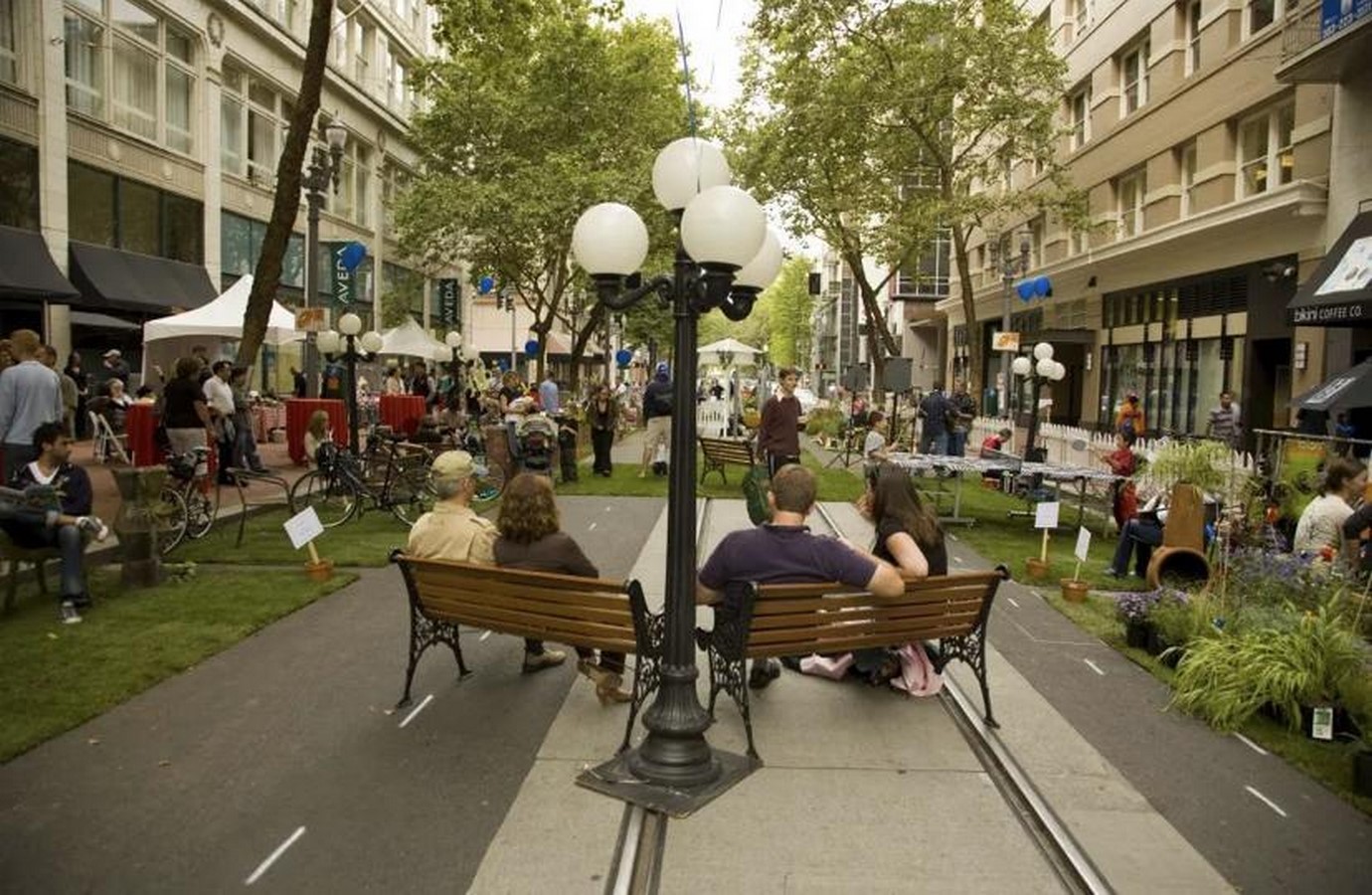
3. Strict Symbol of Politics Engaged in Architecture: Border Wall
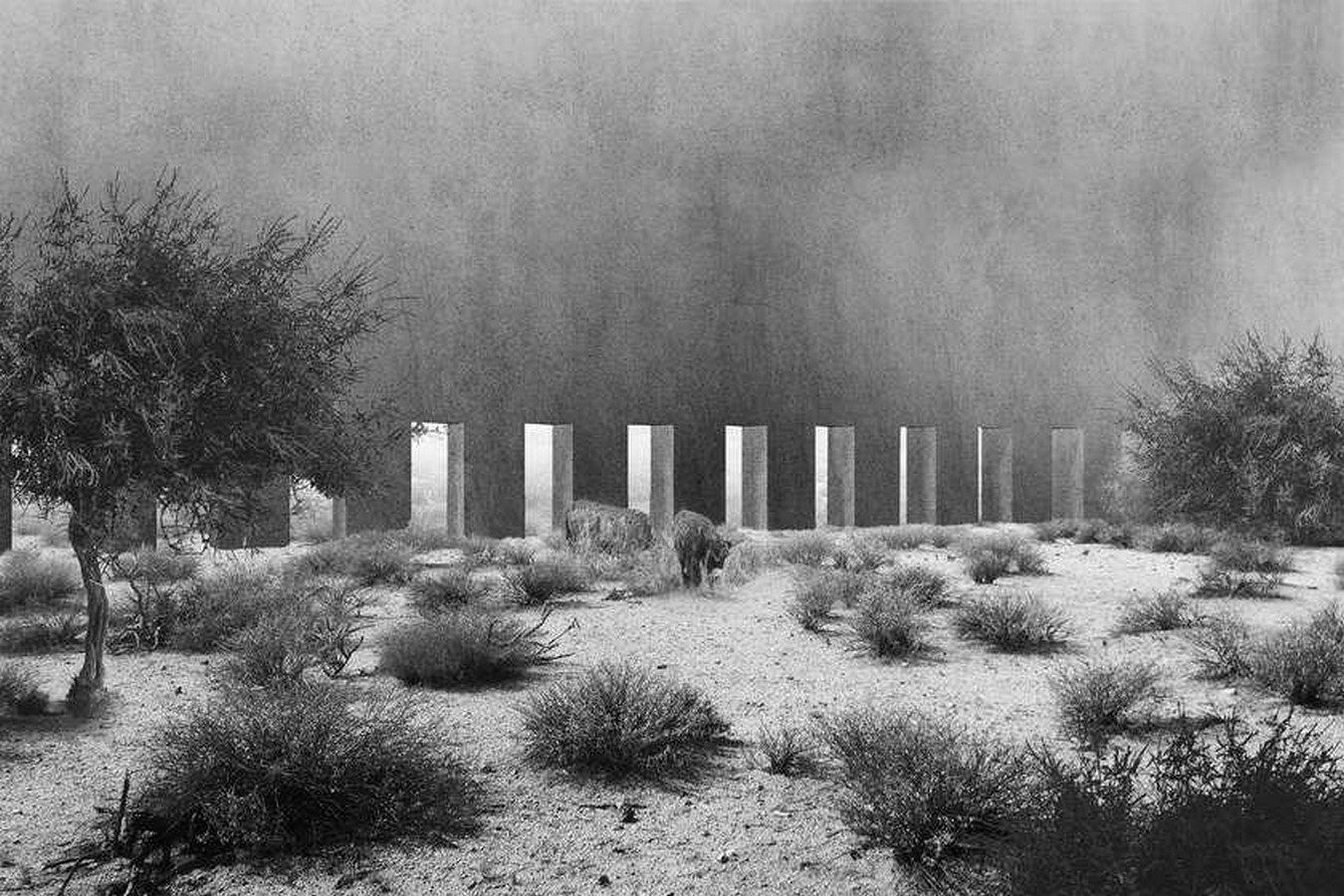
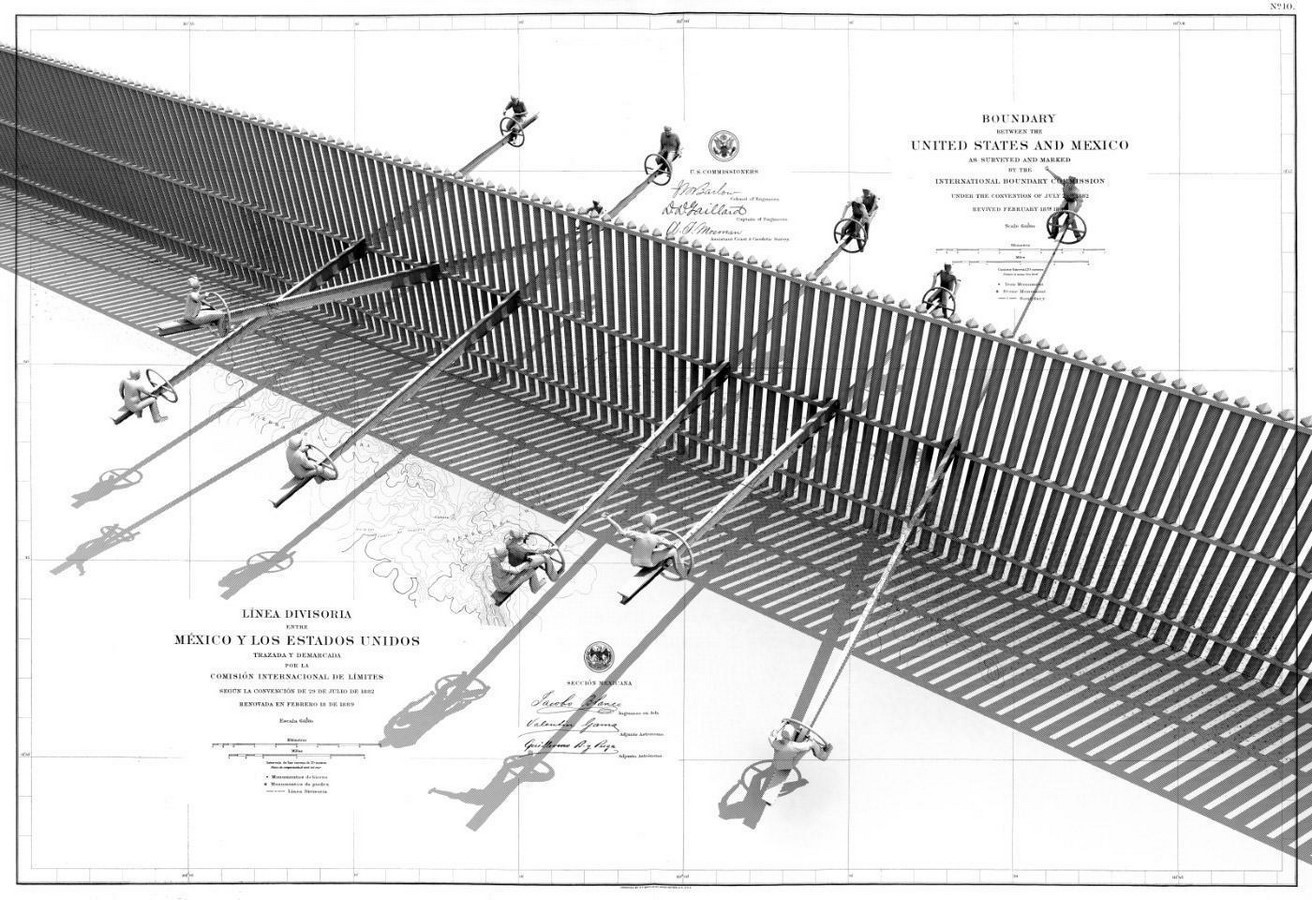
The border wall is an aggressive division between countries and architects and designers made some design proposals to engage critically with the border wall and provide more interactive visual and physical barriers. For instance, in between the US and Mexico, installation is designed by architecture studio Rael San Fratello. The installation aims to create a visual connection between two sides of the wall by having interactive communication between children by having the teeter-totters. The project which is called ‘Teeter-Totter Wall’ is aiming for meaningful connections to create balance and equality and for this reason, the design project builds a bridge instead of a solid wall. For this reason, the way of an interactive playful event can be an act of resistance between two countries and soften its meaning between strict borderlines. Because of its meaning and uniqueness, the project by Rael San Fratello is awarded for the Design of the Year 2020.

In conclusion, architecture should maintain criticizing political habits which influence the built environment and the social life for the future of architecture in the USA. With the global rise of populism and nationalism, the effects of politics have become very dominant, and innovative design proposals provide valuable solutions by engaging function with the aesthetics for the future. Therefore, the USA is affected by the mutual benefits of architecture and political relationships and the country has important developments in architecture under political influence.
References:
- Gsa.gov. 2021. Architecture and Government. [online] Available at: <https://www.gsa.gov/real-estate/historic-preservation/historic-building-stewardship/architecture-and-government> [Accessed 23 July 2021].
- Cutieru, A., 2021. The Political Dimension of Architecture: Activism Through Design. [online] ArchDaily. Available at: <https://www.archdaily.com/945659/the-political-dimension-of-architecture-activism-through-design> [Accessed 23 July 2021].
- Futurearchitectureplatform.org. 2021. Architecture vs Politics. [online] Available at: <https://futurearchitectureplatform.org/projects/b0849ac2-d7b3-4017-b20e-9bb746c7c408/> [Accessed 23 July 2021].
- Howarth, D., 2021. Architects and contractors defend ethical decision to bid for Trump wall. [online] Dezeen. Available at: <https://www.dezeen.com/2017/04/13/architects-contractors-defend-ethical-decision-bid-donald-trump-us-mexico-border-wall/> [Accessed 24 July 2021].


















